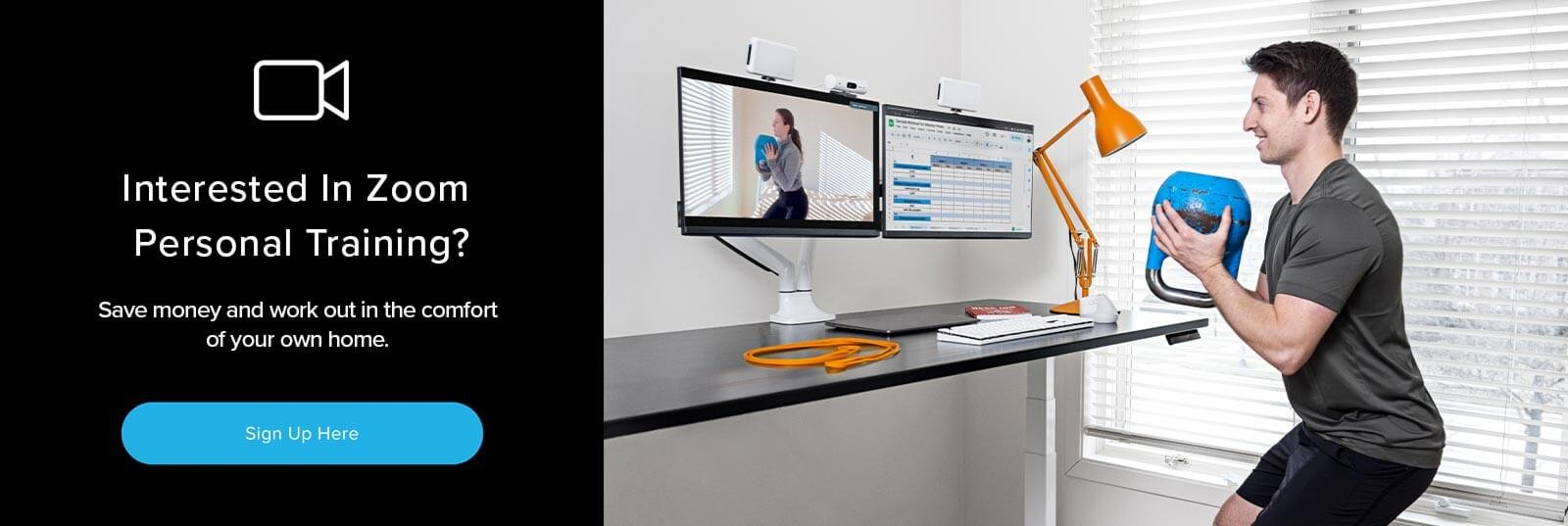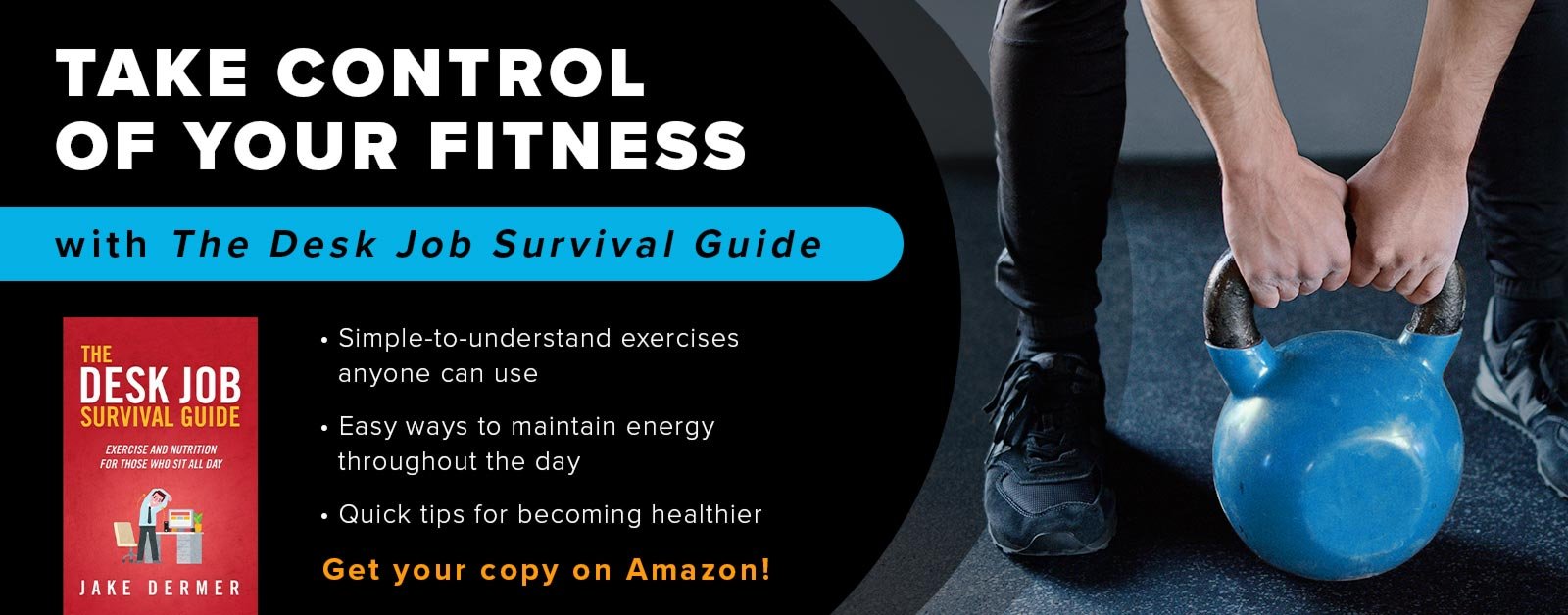How Many Squats Does It Take To See Results?
In all of my workout programs, I make sure there is a focus on functionality. Now, “functional” is a word that gets thrown around a little too much in the fitness industry, but for the sake of this discussion, let’s define it in an exercise context as any movement that is practical and mechanically logical.
Working off that definition, some examples of functional exercises and their practical applications include deadlifts and picking things up, farmers’ walks and carrying things, and squats and getting off your butt.
There are also the more obvious ones like sprinting and running faster, jump rope and increasing your vertical, and pull-ups and saving your own life if you happen to be hanging off a building like in an action movie.
Regardless of your fitness goals, squatting can help you achieve them. Squatting is the single most functional exercise you can do, and it can help you build a bodacious booty along the way, in addition to a plethora of other benefits:
Benefits of Squatting
The reason squatting is such a functional exercise is because squatting gets you off the couch, helps get you up the stairs, and even helps you poop in the woods. Standing up and taking stairs are things we take for granted now, but as you get older, squatting helps make it easier for you to continue doing those simple things and the things you love.
Squatting helps you jump high, improves mobility, and can help relieve back pain. But and this is a big butt, the main reason people squat is to build that booty and their quads. Squats help men and women build athletic booties which can’t hurt when attempting to attract the opposite sex. In addition, squatting can help you build a six-pack and shed pounds of fat.
And by simply performing a front squat or goblet squat variation, you can turn this exercise into even more of a core blaster. Have I sold you on squatting yet?
HOW TO PERFORM A PROPER SQUAT
Before we can reap the benefits of squatting, we must know how to squat correctly. More goes into squatting optimally than you probably think, but the basics are pretty simple.
Step 1: Stand with your heels a bit wider than your hips, and your toes turned out no more than 30 degrees.
Step 2: With your feet flat on the ground, drive your knees wide as you lower your butt towards the floor.
Step 3: Maintain your posture, keeping your abs tight while you continue to lower.
Step 4: Stop before your hips turn down, and add a pause at the bottom of your range of motion for added difficulty.
Step 5: Drive through your heels and stand up.
Step 6: Repeat
That’s it. Squatting is something you do daily without even noticing. There is some nuance that comes in with squat depth and foot position, which I’ll cover in the following two sections, but if that doesn’t interest you, skip those sections and go straight to the “how many squats to see results” section.
How Deep Should You Squat?
There is a lot of controversy about how deep a person should squat, and there are valid arguments for all depths of squatting. How deep you should squat largely depends on the context of said squat.
If you are trying to lift heavy things, I recommend squatting until your quads are almost parallel to the floor. Deep squats should not be performed with weights near your max.
If you are squatting relatively light weight or no weights, I’d suggest squatting a bit lower until just before your butt “winks.” In other words, squat until your hips turn down. This depth will be different for everyone depending on your mobility level. However, everyone can benefit from squatting near their max depth.
Lasting, squatting below the butt wink is only good for two things: potentially strengthening your knees and defecating in the woods. Yet Ironically should not be performed by someone currently suffering from knee issues.
Your squat depth is determined by your mobility, strength, and the context. There is no one size fits all answer for squat depth, and the same can be said about your foot position.
How Should You Place Your Feed During a Squat?
Foot position while squatting is another controversial topic in the fitness industry, and the answer is similar to the depth issue; it depends. It depends on your mobility and the context.
If you are trying to lift as much weight as possible with a squat, you would perform a barbell back squat and have your feet turned out a maximum of 30 degrees. Most people find they can lift more weight with a slightly turned-out stance.
For front squats or goblet squats, people generally have an easier time keeping their feet a bit more pointed forward, which is how I would train a squat if the goal were to jump higher or for sports performance. Finding your optimal foot position will be as easy as jumping and looking at the position you take off from. (If you are squatting to jump higher, I’d recommend adding jump rope to your routine to see better jumping results)
Lastly, if you struggle to perform a squat, you should have your heels slightly elevated. Squats are an exercise that involves a lot of mobility, and starting out, not everyone can perform a squat. Weightlifting shoes have elevated heels that help with this, or you can put your heels on five-pound plates. If you are still having issues squatting, your calves are likely tight. Try foam rolling your calves daily and squatting within your range of motion for a week and see if that helps.
Once you have the mobility, it is best to squat barefoot or in minimalist shoes. It is the fastest way to gain strength and stability through your feet and ankles. Generally, I recommend Xero shoes, but there are tons of minimalist shoes out there. All you are looking for is zero drop meaning no elevation of the toe or heel, and a wide toe box so you can spread your toes during the movement.
How Many Squats to See Results?
Lastly, the reason you clicked on this article- how many squats does it take to actually see results. Like our other sections, the answer is that it depends.
First, it depends on the type of gains you are looking for from squats. A primary reason to do squats is to build muscle in your glutes and quads. Gaining muscle in your legs is easier than anywhere else in your body, but the growth rate will vary based on your age, gender, and genetic predisposition. However, you can expect to gain between .35-1 pound of muscle in a month of training squats for muscle growth.
Incorporate two squat sessions a week into your workout routine. One session of 5x5 weightlifting. 5x5 is a popular rep count for people trying to build strength. And one squat session of 5x10 for volume and hypertrophy. That is 75 squats a week, not including your warm-ups. So to see results from squatting with weights, you’ll need to do 300 squats a month.
How Long Will it Take to See Results From Bodyweight Squats?
Are you brand new to strength training? Training squats for six weeks will quickly yield results. If everything in your life stayed the same and you added 100 squats to your routine every other day, you’d lose weight and build strength in your glutes and quads within six weeks. That comes out to roughly 2,100 bodyweight squats in six months.
Although if you have been strength training consistently, body weight squats will have limited returns. They still burn calories and are a functional exercise, but if your legs are used to a heavier load, bodyweight squats won’t challenge you enough to change you.
Body weight squats are great for those who find them challenging, but if they are easy, you need to add weights.
All that being said, squatting is incredibly beneficial no matter who you are and where you are in life. If you go to a gym, do nothing but squats, and go home, you will be in better shape than most gym-goers wasting their time on calf raises and bicep curls.
If you enjoyed this article, you might also like:
How Many Push-ups Should A Beginner Do To See Results?
How Many Sprints Does A Beginner Need To Do To See Results?
How Many Single Leg Deadlifts should A Beginner Do To See Results?







